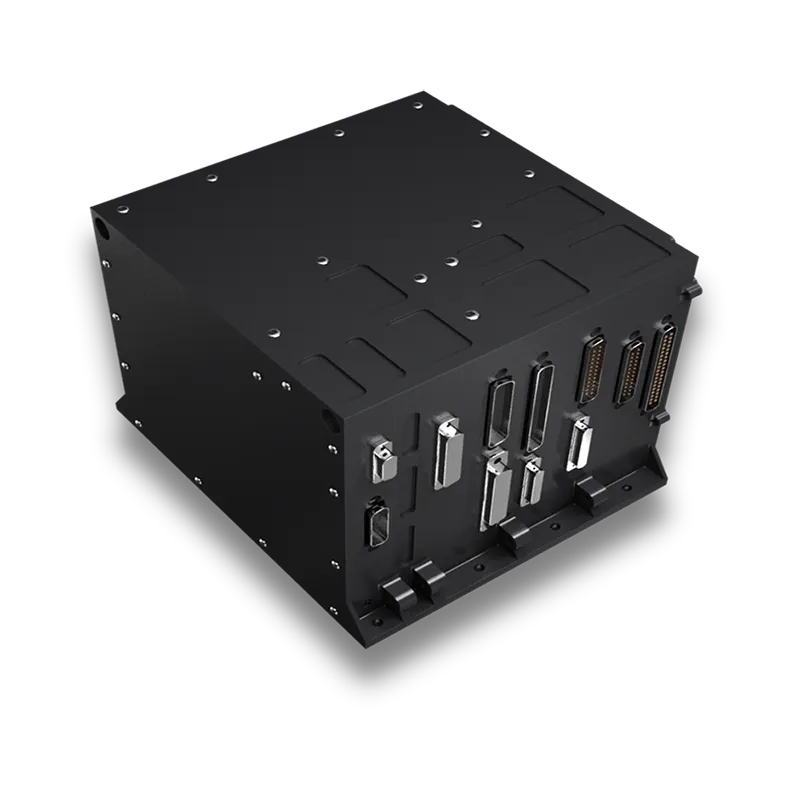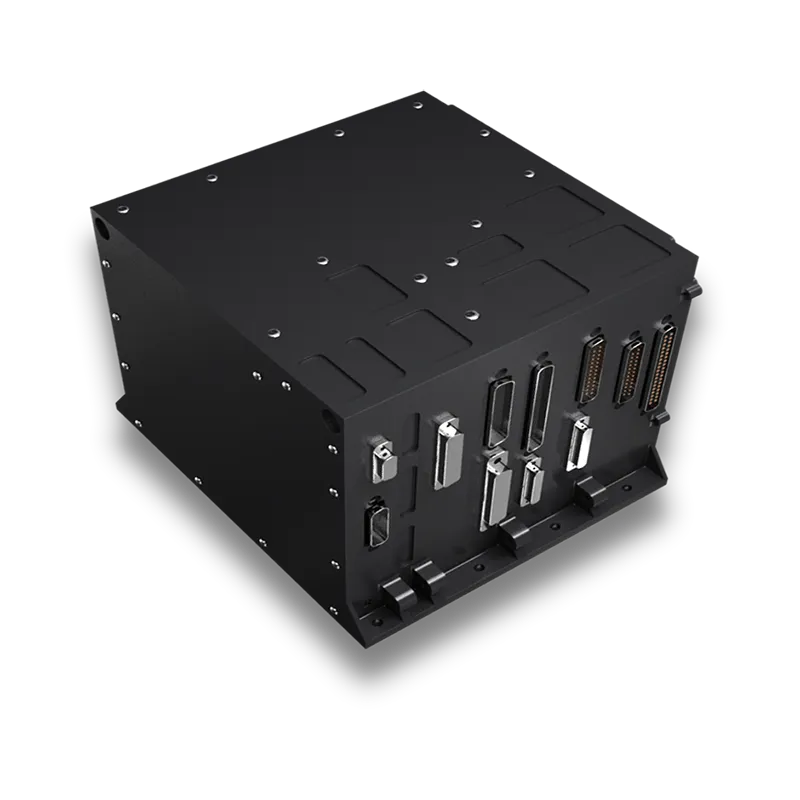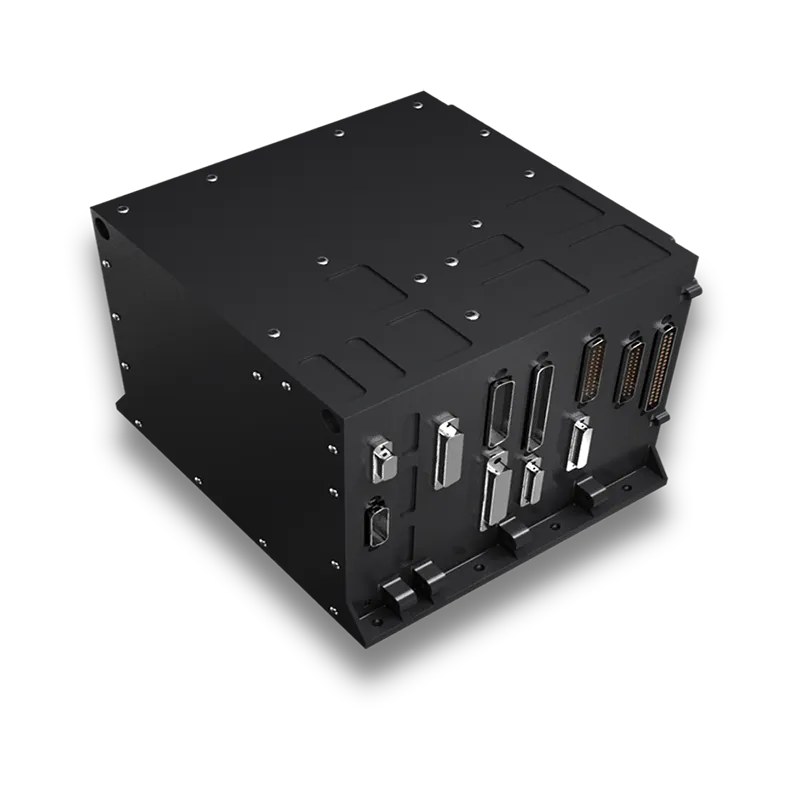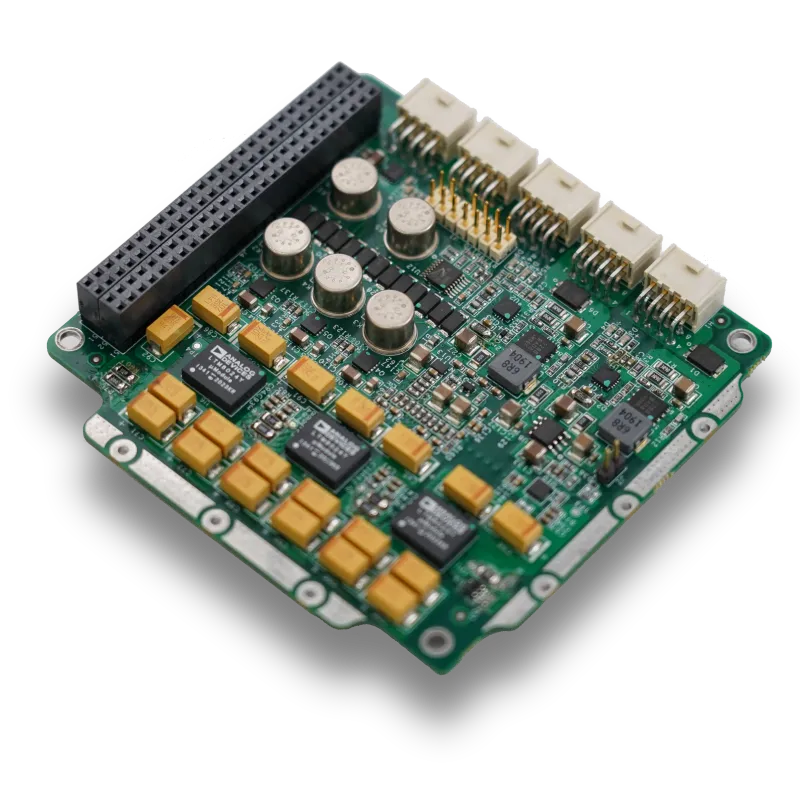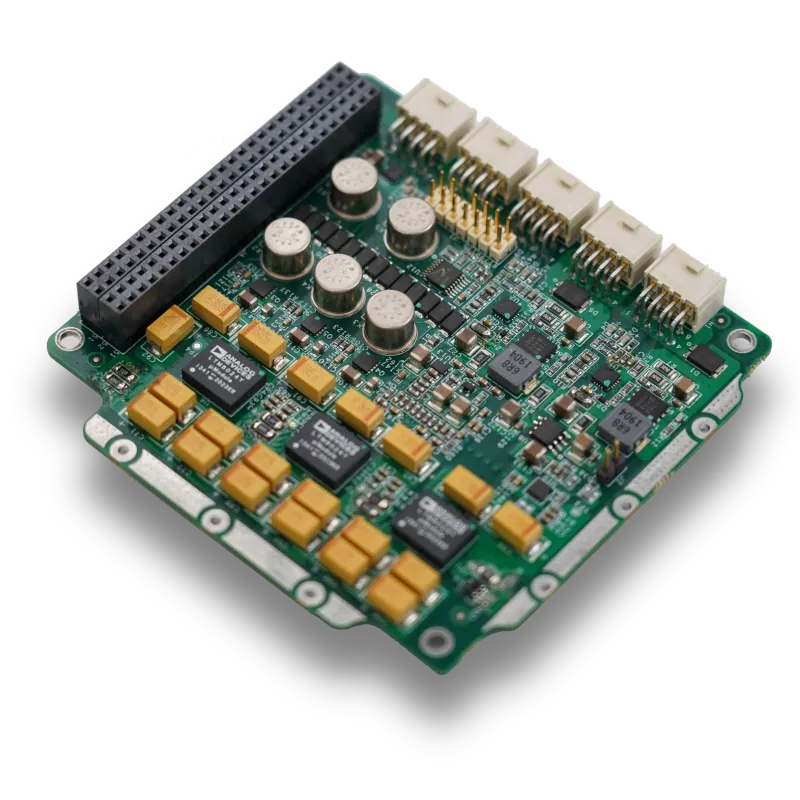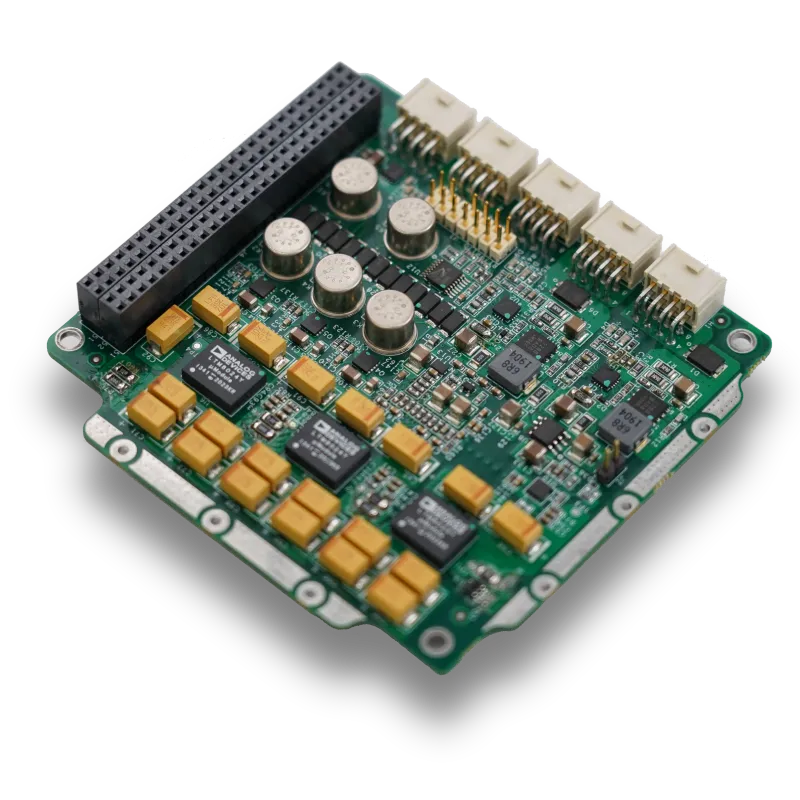
- umAfrika
- Isi-Albania
- Isi-Amharic
- Isi-Arabhu
- Isi-Armenian
- Isi-Azerbaijani
- Isi-Basque
- IsiBelarusian
- Isi-Bengali
- Isi-Bosnia
- IsiBulgaria
- IsiCatalan
- Cebuano
- China
- IsiCorsican
- IsiCroatia
- IsiCzech
- IsiDanish
- IsiDashi
- IsiNgisi
- Isi-Esperanto
- Isi-Estonian
- IsiFinnish
- IsiFulentshi
- IsiFrisian
- IsiGalicia
- IsiGeorgia
- IsiJalimane
- isiGreki
- IsiGujarati
- IsiCreole saseHaiti
- IsiHausa
- isi-hawaiian
- IsiHebheru
- Cha
- Miao
- IsiHungary
- Isi-Icelandic
- igbo
- Isi-Indonesian
- i-irish
- IsiNtaliyane
- IsiJapane
- Isi-Javanese
- Isi-Kannada
- kazakh
- I-Khmer
- OwaseRwanda
- IsiKorea
- IsiKurdish
- IsiKyrgyz
- Umsebenzi
- IsiLatini
- Isi-Latvian
- IsiLithuanian
- Isi-Luxembourgish
- IsiMacedonian
- Isi-Malagasy
- Isi-Malay
- Isi-Malayalam
- IsiMaltese
- IsiMaori
- IsiMarathi
- IsiMongolia
- eMyanmar
- IsiNepali
- IsiNorwegian
- IsiNorwegian
- Isi-Occitan
- Isi-Pashto
- isiPheresiya
- IsiPolish
- IsiPutukezi
- IsiPunjabi
- IsiRomania
- IsiRashiya
- IsiSamoa
- IsiScottish Gaelic
- IsiSerbia
- IsiNgisi
- IsiShona
- Sindhi
- IsiSinhala
- IsiSlovak
- IsiSlovenian
- eSomalia
- ISpanishi
- IsiSundanese
- IsiSwahili
- IsiSwidi
- IsiTagalog
- Isi-Tajik
- IsiTamil
- IsiTatar
- Isi-Telugu
- IsiThai
- IsiTurkey
- IsiTurkmen
- Isi-Ukraine
- Isi-Urdu
- Isi-Uighur
- Isi-Uzbek
- IsiVietnamese
- Isi-Welsh
- Usizo
- Isi-Yiddish
- IsiYoruba
- Zulu
Key Components Of Satellite Communication Systems And Their Vital Roles
Satellite communication has become an essential technology enabling global connectivity for everything from television broadcasting and internet access to disaster management and navigation. The seamless operation of satellite networks depends heavily on the components of satellite communication embedded within both the satellite and ground infrastructure. Understanding these parts of satellite communication provides a clear picture of how data is transmitted across thousands of kilometers through space.

In this article, we will explore the core satellite communication components and their functions, delve into the specifics of the components of satellite system, and highlight the role of specialized satcom components that guarantee the reliability and efficiency of modern satellite communication systems.
Exploring The Parts Of Satellite Communication And Their Functions
A satellite communication system is composed of multiple critical components of satellite communication system, each with a specific role to ensure the success of data transmission between Earth and satellites. One of the most important satellite communication components is the transponder. The transponder acts as a relay by receiving signals from Earth (uplink), amplifying them, converting frequencies, and transmitting them back (downlink) to ground stations or other satellites. This process allows for the extension of communication coverage across vast distances.
Another vital component is the antenna system, which includes the main and secondary antennas that transmit and receive signals. These antennas must be carefully designed to handle specific frequency bands such as C-band, Ku-band, or Ka-band, depending on the mission requirements. The antennas on satellites are highly directional, ensuring that signals reach their intended recipients with minimal loss.
The power system is a fundamental component of satellite system, providing the necessary energy for all onboard electronics. Solar panels combined with rechargeable batteries enable satellites to function continuously, even when in the Earth’s shadow. Thermal control systems maintain the satellite’s temperature within safe limits, protecting sensitive electronics from extreme space conditions.
Attitude and orbit control systems (AOCS) are also critical. These systems use reaction wheels, magnetorquers, or thrusters to keep the satellite correctly oriented so that antennas point toward Earth and solar panels face the Sun. Without precise control, the satellite’s communication capabilities would be severely impaired.
Together, these parts of satellite communication form the backbone of the system that ensures data is transmitted accurately and reliably from space to Earth and vice versa.
The Role Of Satcom Components In Reliable Communication
The term satcom components broadly refers to the hardware and subsystems involved in satellite communication, both onboard satellites and at ground facilities. This includes modulators, demodulators, frequency converters, amplifiers, and encryption devices.
Modulators convert digital data into radio frequency signals suitable for uplink transmission, while demodulators perform the reverse on received signals. Frequency converters adjust signal frequencies to optimize transmission and avoid interference with other satellites or terrestrial communications. Amplifiers boost signal power to overcome losses during space propagation.
Encryption and error correction modules are essential satellite communication components that safeguard data integrity and security. They detect and correct errors introduced during transmission and ensure that information cannot be intercepted or altered maliciously.
Ground stations also incorporate many satcom components such as large parabolic antennas, signal processors, and control consoles. These stations track satellites in orbit, send commands, receive data, and manage communication sessions. The interplay between satellite and ground components of satellite communication guarantees continuous connectivity for end-users worldwide.
The Importance Of Components Of Satellite System For Future Innovations
Advances in technology continually improve the components of satellite system, enabling satellites to become smaller, more powerful, and more efficient. Miniaturized satellites such as cubesats pack advanced cubesat components into compact form factors, making space more accessible for universities, startups, and emerging space nations.
Innovations in antenna design, including phased arrays and deployable reflectors, allow satellites to cover larger areas with higher data throughput. Improved power systems with higher-efficiency solar cells and energy storage extend mission lifetimes significantly.
Autonomous onboard processors, part of the components of satellite communication system, allow satellites to manage data routing, error correction, and fault detection independently, reducing the need for constant ground control. This autonomy is essential as satellite constellations grow in size and complexity.
Understanding these innovations in satellite communication components helps prepare for a future where satellite networks support everything from global broadband internet to environmental monitoring and beyond.






